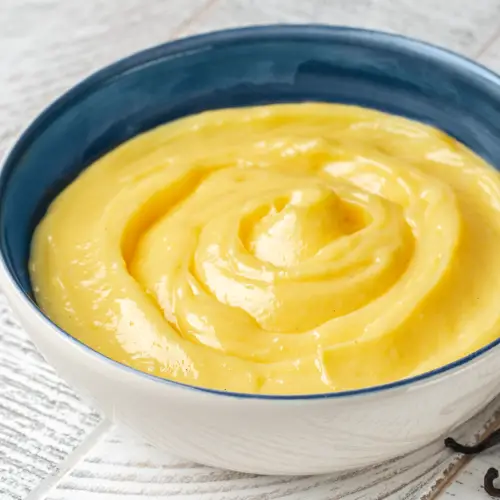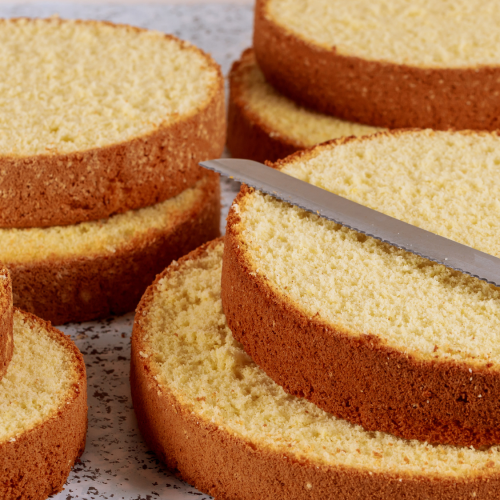Among the questions I frequently read, many are about the Sourdough Starter and the best way to manage it daily.
Sometimes, there are many questions we ask ourselves as we refresh the starter or face unexpected situations. So, I collected and answered your 10 most frequently asked questions about Sourdough Starter.
Let’s go and see then!
Table of Contents
I received the Sourdough Starter as a gift. How do I store it?
You can store the Sourdough wrapped in a cloth, tied up, or soaked in water. Both methods are widespread, but the second one is easier to manage, even for those with little experience. How to Store the Sourdough Starter
How many days should I refresh the Sourdough?
If you store your Sourdough at room temperature, refresh it daily. If you maintain it in the fridge, you can feed it every 5/7 days. Here’s how you can easily store your Sourdough at home
How do I store Yeast in Water?
First, refresh it (as usual) and soak it in a bowl of cold tap water (19°C -66°F). Then, you can store it at room temperature for 24 hours or in the refrigerator at +4°C (39°F) for 5/7 days. How to Store the Sourdough
My Levain is preserved in a pot. Can I change it into a Sourdough and store it in the water?
Yes, refresh by progressively decreasing the amount of water. Levain is usually fed equal water and flour (100% hydration). Starting from this ratio, decrease the percentage of water daily by 10% until you reach 30% (1kg of yeast + +1kg of flour + +300gr of water). Here, you can find how to change your Levain into Sourdough.
I’m storing Sourdough tied up. Can I keep it in the water?
Yes, soak it in water at 38°C (100°F) for about 20 minutes and then refresh the yeast with an equal weight of flour and 30% water over the flour’s weight (1kg yeast +1kg flour + 300 g water). Once ready, soak it in cold tap water and keep it for 24 hours at room temperature. The next day, you will start with the usual refreshments.
Is it better to store Sourdough tied up or in the water?
Storing Sourdough in the water is more manageable. It allows you to control its acidity better (because it is dissolved in the water).
How much water should I soak the Sourdough?
The ideal proportion is for the water to be about 3 times the amount of Sourdough. Thus, soak 1kg of Sourdough in 3 liters of water.
How can I measure the pH of the Sourdough?
Measuring pH is not useful because the data we read in the pH meter will be the sum of the 2 acidities: lactic (produced by lactic acid bacteria) and Acetic (created mostly by yeast). The critical factor is the proportion between the 2 acidities. We could have a sourdough with a correct global acidity (e.g., pH 4) but with an excessive lactic or acetic acidity. If you want to know how to fix your Sourdough, look at this page.
Can I knead the Sourdough Starter without a Stand Mixer?
You will need a little more strength to work the dough!
What is the difference between Sourdough and the liquid sourdough starter (Levain) stored in a jar?
The Liquid Sourdough Starter (LEVAIN) is much easier to manage and refresh than traditional Sourdough. However, it has a much lower “leavening power.” For this reason, it is suitable for use in “lean” doughs such as bread, pizza, or some pastries with little fat, such as croissants.
When should you choose sourdough versus Levain, Biga, or yeast? Find out in our complete comparison.
























45 comments about “Le vostre 10 Domande più frequenti sul Lievito Madre”
Rinnovato da 4 giorni, stamane aveva la crosticina tutta puntinata di bianco e odorava di acetone.. che faccio..? È perso..?
sono Rosalba stamane ho rinfrescato il lievito madre subito dopo averlo tolto dal frigo e infatti ho stentato parecchio a lavorarlo ora cosa succede ? raddoppierà o l’ho perduto ? grazie a chi mi risponde .
Oggi sto leggendo i tuoi consigli.Sono una che mi piace impastare sempre,mi piace fare pane pizza grandi lievitati,con risultati mediocri,purtroppo non mi accontento mai sono sempre alla ricerca di perfezione.vorrei farti una domanda: ogni volta che mi serve del lievito madre devo necessariamente rinfrescarlo tutto oppure rinfresco quello che mi serve,e l’altro lo lascio in frigo e lo rinfresco fra un paio di giorni .Non ho licoli ma lievito solido.Spero che mi risponderai
Ciao Caterina,
sono molto contento che apprezzi Biancolievito!
Per rispondere alla tua domanda, ti confermo che, in caso di utilizzo, devi rinfrescare l’intera massa di Lievito Madre per 2 volte (se fai pane o pizza)!
Dopo il secondo rinfresco, prenderai la parte necessaria alla ricetta e la farai lievitare prima di usarla, mentre la parte restante potrai metterla in conservazione.
Ti avviso però che il Lievito Madre conservato in frigorifero ha un’attività molto rallentata, per cui prima di fare i rinfreschi preparatori, devi dargli almeno 2-4giorni di rinfreschi quotidiani per rimetterlo in forza; altrimenti avrai un lievito molto debole.
A presto!